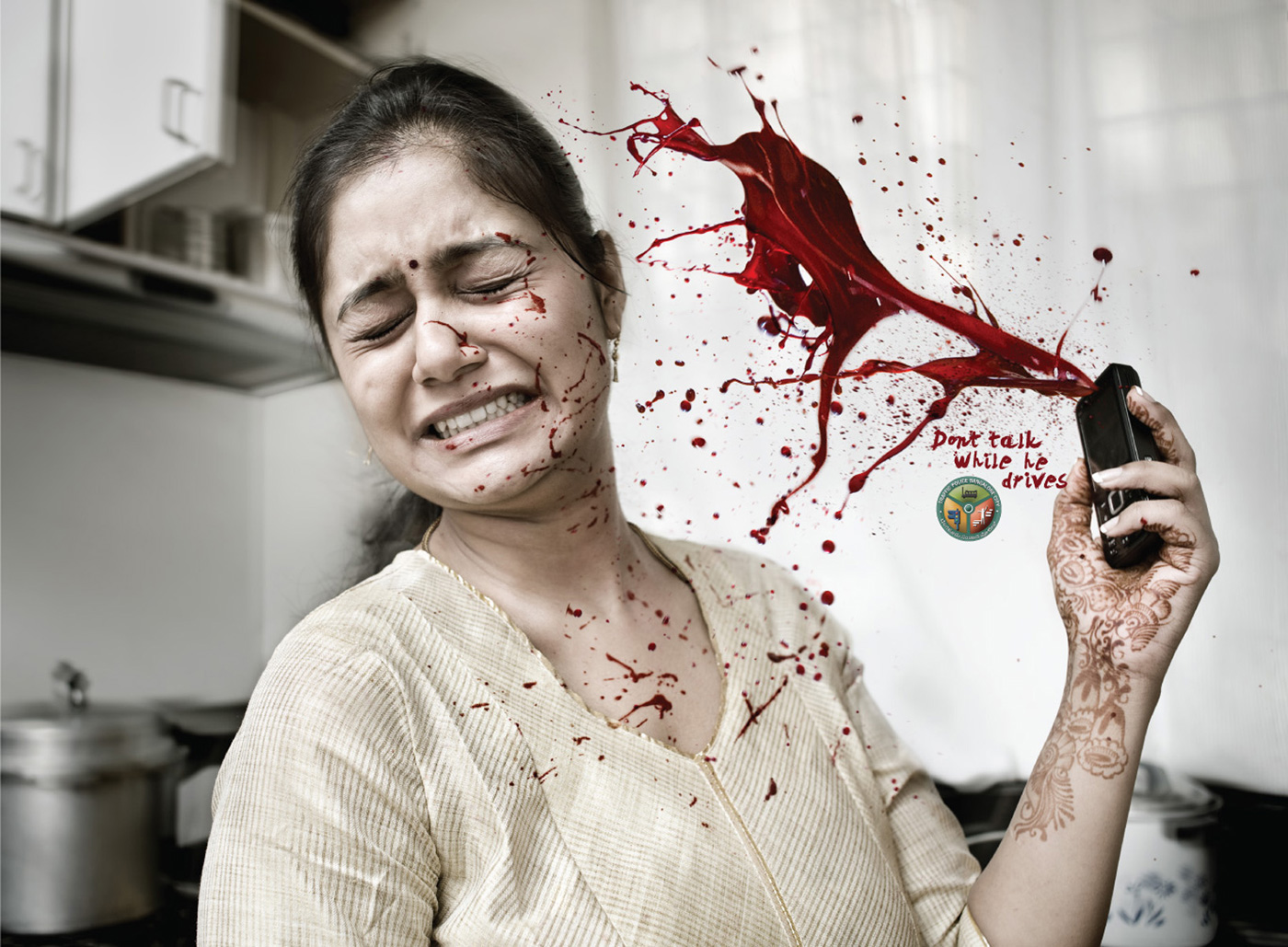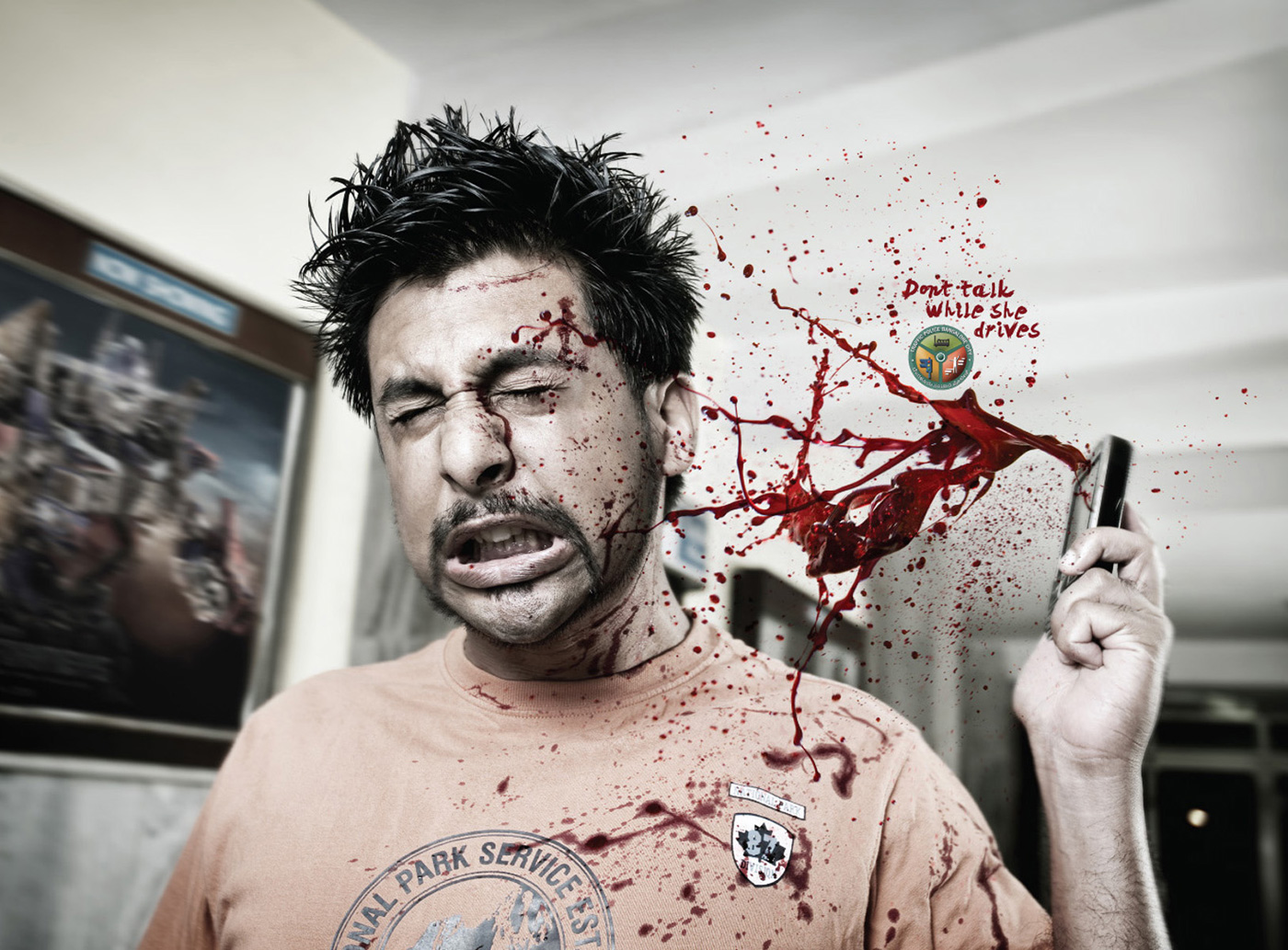STOP DISTRACTED DRIVING: Leaving no stone unturned – U.S.DOT joins Network of Employers for Traffic Safety for Drive Safely Work Week 2010
(Source: The FastLane Blog)
Sec. Ray LaHood is leaving no stones unturned in his effort to fight the Distracted Driving epidemic. I reported yesterday about his efforts to team-up with ESPN and State Farm, taking the STOP DISTRACTED DRIVING message on road to 19 cities. It is better and better by the day! In his blog post today, he announced that USDOT is expanding this initiative to involve private employers from around the country. Laudable effort!
In 2008, nearly 6,000 people in America died in crashes involving a distracted driver. It is a serious, life-threatening epidemic, and DOT cannot fight it alone.
One of the most important sources of support has been private employers. Businesses across the US have begun to adopt policies against distracted driving.
But many employers have not yet taken this crucial step to protect themselves and their staff. That’s why, as Drive Safely Work Week (October 4-8) approaches, the Network of Employers for Traffic Safety (NETS) has prepared a free, web-based toolkit to help employers take the crucial next step.
Click here to read the entire blog post
Related articles by Zemanta
- Lobbyists Scrap Plans for Distracted Driving Coalition (bits.blogs.nytimes.com)
- Lobbyists Try to Reframe Distracted Driving Issue (bits.blogs.nytimes.com)
- LaHood, Sparks Team Up Against Texting And Driving (techdailydose.nationaljournal.com)
- 86 Percent of Teens Have Driven While Distracted, According to AAA and Seventeen Magazine Survey (prnewswire.com)
- Survey: Most teens have driven while distracted (news.cnet.com)
- Employers Pay Attention to Distracted Driving (eon.businesswire.com)
- Network of Employers for Traffic Safety and U.S. Department of Transportation Team to Offer Free On-line Resource to Battle Distracted Driving and Improve Employee Safety (eon.businesswire.com)






